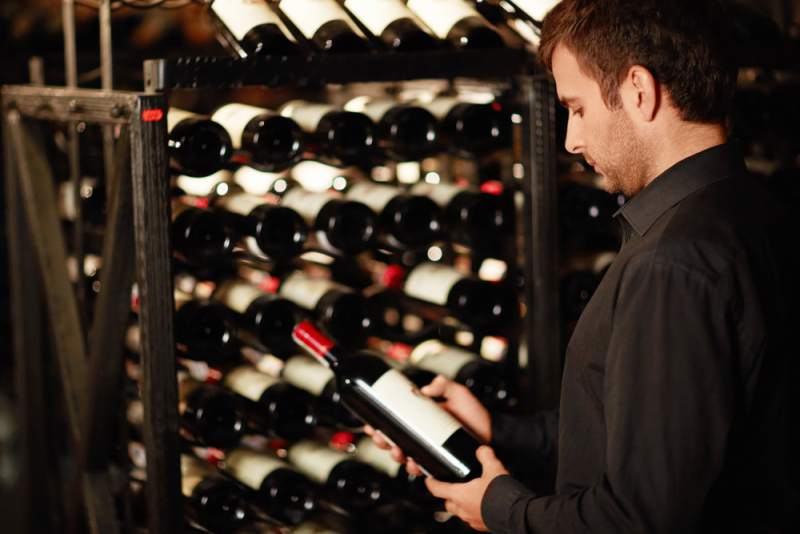An awful lot of wine we cellar or put in storage lockers simply does not get better with age, but why?
One of the problems we face is how to know whether a particular wine is aging well or merely getting tired.
One way is to open a bottle of which you have more than one and see how it is doing. However, that is no guarantee that the others will be fine since we have all heard the phrase “bottle variation.” The bottle we tested may be fine, but another bottle may turn out to be sadly lacking in one respect or another.
Oddly enough, the way red wines age, they get funky for a while before improving, so testing a bottle too soon may not be much of a revelation. And white wines usually are best as young as possible, although some white wines actually taste better with a little time in the cellar.
The result of all this is to create enough confusion that no rules can possibly be proposed that have any real meaning. Every wine is its own case in point.
Though we always assume that expensive red wines will be better with time in the cellar, I have long noted the utter failure of some expensive reds to taste better with even as little as a year of age.
An old friend, the wonderful late wine philosopher and author Roy Brady, wrote a marvelous essay on the topic decades ago that he entitled, “Old wine, fine wine?” His premise was that more wines do not improve than do.
The article was not widely distributed, yet for me it stands as the definitive opinion on why many supposedly great aging wines didn’t age well after years in the cellar.
We have experienced this often enough to give us pause when we consider buying larger amounts of any wine for our cellar. It is one reason I am reluctant to assert wine has potential when I cannot be certain it does.
And although there are some crucial elements in determining a wine’s potential to age, such as pH, nothing is guaranteed.
Most wine experts would agree that for a wine to age properly it must have good acidity, and that flabby wines are more likely to collapse quickly. Moreover, cellaring conditions must be pretty cool to ensure any improvement in a wine set down to age.
Decades ago, I frequented a Southern California wine store that had a special room for mature and fragile wines. It was wonderful for my education to walk in and find, in 1980, some 1973 French white Burgundies that were in splendid condition. Most of them were sublime.
Is there a set of circumstances that allows you to taste a young wine and determine it will be great with some age in the cellar? Not really. But the name of the producer plays a huge role here.
The other day my wife and I opened a newly released Napa Cabernet from a producer with a stellar track record of making age-worthy wines. It had that hard-to-define character that indicates a wine perfectly made to age.
For us, it displayed elements that will expand and will be extraordinary with time in the cellar.
It was the 2013 Corison Cabernet, Napa Valley, which follows a long line of Corison Cabs that have proven to be exemplary with age. Is it worth $90 for a bottle?
That depends on how much value potential buyers place on wines that display amazingly mature characteristics after proper aging.
Cathy Corison has always made this kind of wine, and her 2013 fits the profile perfectly. Some bottles are still available at her St. Helena tasting room on Highway 29, and fine retail shops carry it for a bit less.
Wine of the Week: 2014 Hanna Sauvignon Blanc, Russian River Valley ($19) — Cooler climates allow for Sauvignon Blanc to carry more exotic aromatics, and this wine exemplifies that, with tropical fruit notes alongside faint herbal characteristics that lead to a dramatic mouth feel and taste not unlike New Zealand wines, with so much fruit (passion fruit?) it’s hard to put down.
Often discounted below this price.
Dan Berger lives in Sonoma County, where he publishes “Vintage Experiences,” a weekly wine newsletter. Write to him at winenut@gmail.com.











